In the 1930s, the streets of St. Louis were bustling with activity and life. The city, situated along the Mississippi River, was a key hub for transportation, commerce, and culture. Its streets reflected the energy and challenges of the time, with a mix of busy markets, industrial areas, and residential neighborhoods.
Daily Life and Commerce
Downtown St. Louis was the heart of commercial activity. Streets like Market Street and Washington Avenue were lined with department stores, shops, and offices. People flocked to these areas for shopping, work, and entertainment. The famous Wainwright Building, one of the world’s first skyscrapers, stood tall, symbolizing the city’s architectural innovation and economic potential.
Street vendors and small shops added to the lively atmosphere. You could hear the shouts of newspaper boys, the clatter of streetcars, and the hum of conversations as people went about their day. Local businesses thrived, offering everything from fresh produce to household goods. The aroma of fresh bread from bakeries and the enticing smells from local diners and restaurants filled the air..
Read more
Transportation and Infrastructure
St. Louis had a well-developed public transportation system. Streetcars, also known as trolleys, were a common sight. These electric streetcars ran on tracks laid down the middle of major streets, connecting different parts of the city. They were a primary mode of transport for many residents, providing an affordable and efficient way to commute.
Cars were becoming more common, but the streets were still shared with horse-drawn carriages and bicycles. This mix of old and new forms of transport created a unique and sometimes chaotic urban environment. Paved roads and sidewalks were well-maintained in the downtown area, but many residential streets were still cobblestone or dirt, especially in less affluent neighborhoods.
The Impact of the Great Depression
The 1930s were marked by the Great Depression, and St. Louis was not spared its harsh effects. Unemployment was high, and many families struggled to make ends meet. This economic hardship was evident on the streets. Soup kitchens and breadlines became common sights, with people lining up for a hot meal or basic necessities.
Despite the tough times, the community showed resilience. Local charities and organizations stepped up to help those in need. The Works Progress Administration (WPA) initiated several projects to provide jobs and improve the city’s infrastructure. This included building parks, schools, and other public facilities, which helped uplift the community and improve living conditions.
Cultural Life and Entertainment
St. Louis had a rich cultural scene in the 1930s. Theaters, jazz clubs, and music halls were popular spots for entertainment. Streets like Delmar Boulevard and Grand Avenue were alive with nightlife. Jazz music was a major part of the city’s identity. Clubs featured performances by famous musicians, and the sound of jazz filled the air, drawing people from all walks of life.
Sports also played a significant role in city life. The St. Louis Cardinals, the city’s beloved baseball team, brought excitement and pride. Fans flocked to Sportsman’s Park to watch games and support their team, providing a welcome distraction from the economic struggles of the time.
Neighborhoods and Communities
St. Louis was a city of diverse neighborhoods, each with its unique character and community spirit. The Hill was known for its Italian-American population, offering a taste of Italy with its restaurants and cafes. The Soulard neighborhood, with its historic homes and vibrant market, was a hub for French and German immigrants. These communities maintained their cultural heritage, contributing to the city’s rich, multicultural tapestry.
Each neighborhood had its own rhythm and daily life. Children played in the streets, neighbors chatted on front porches, and local events brought people together. Churches and schools were central to these communities, serving as places of worship, education, and social gathering.
Like many large cities, St. Louis faced issues with crime during the 1930s. Prohibition had ended in 1933, but its effects lingered, including the presence of organized crime. Bootlegging and speakeasies had thrived during Prohibition, and some of that illegal activity continued. The police worked hard to maintain order, patrolling the streets and responding to incidents. Community policing efforts helped build trust between law enforcement and residents, though challenges remained.


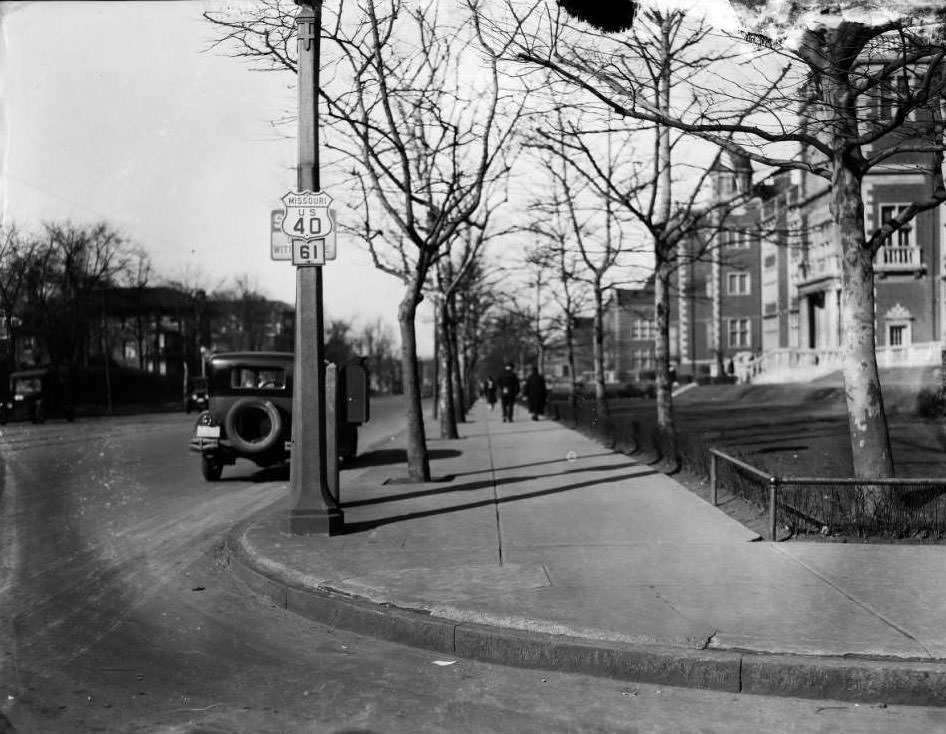




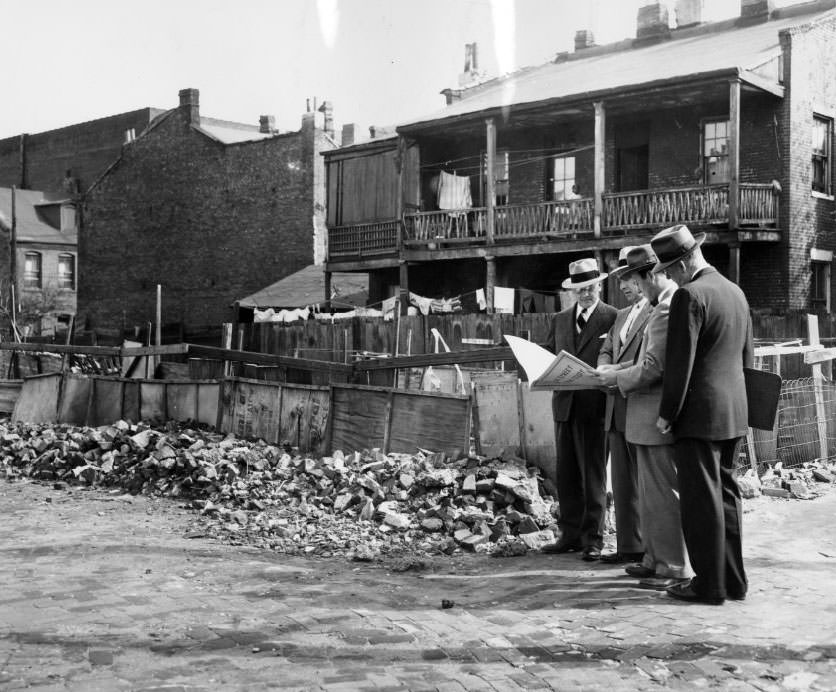

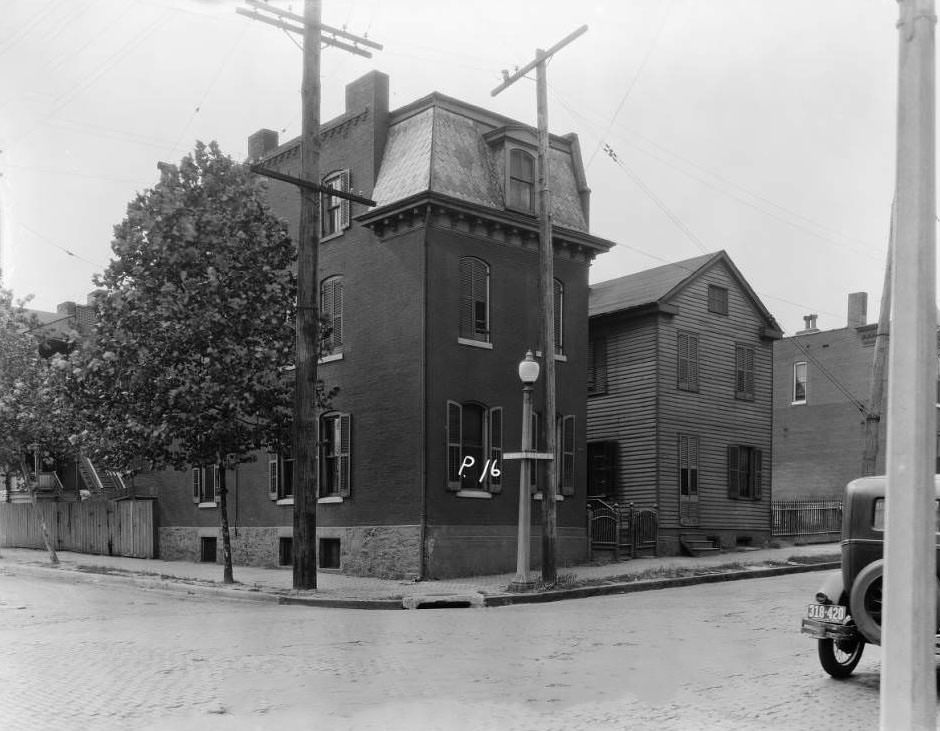








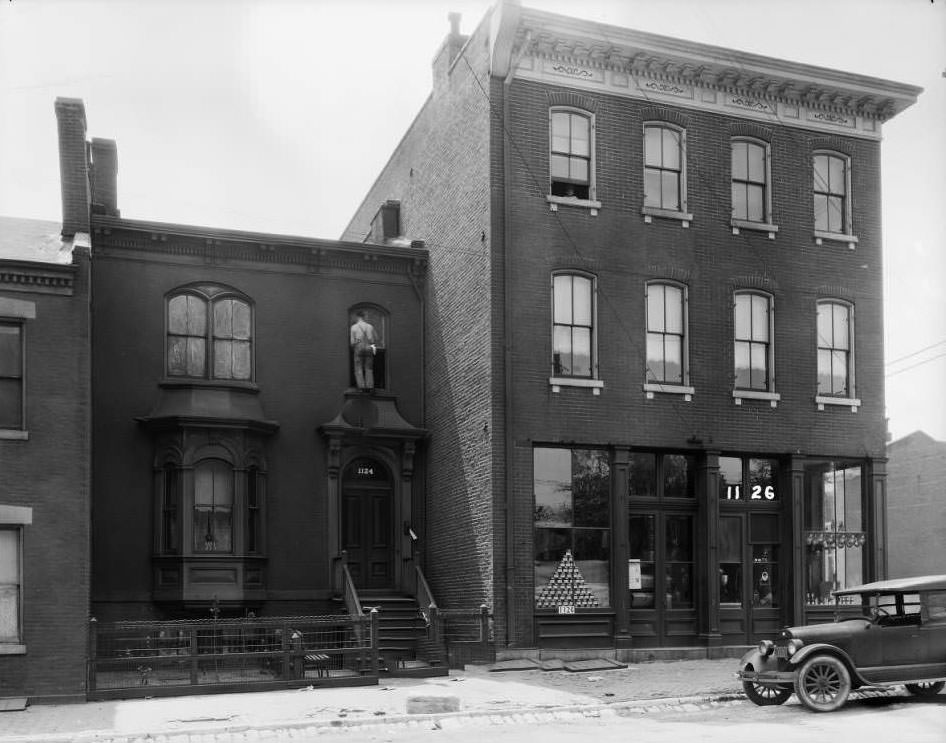









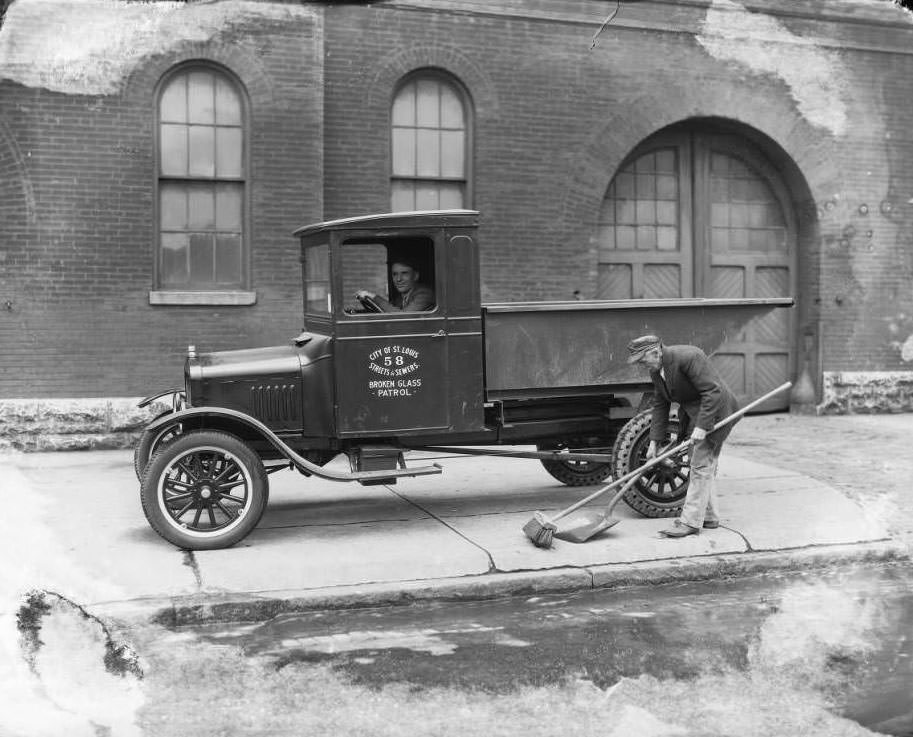





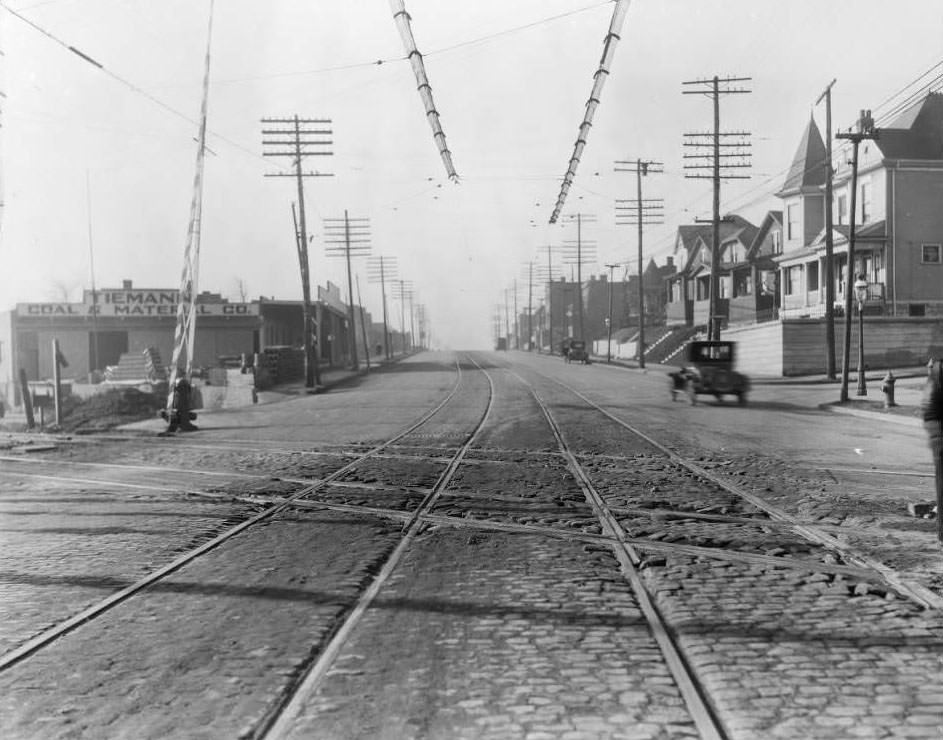
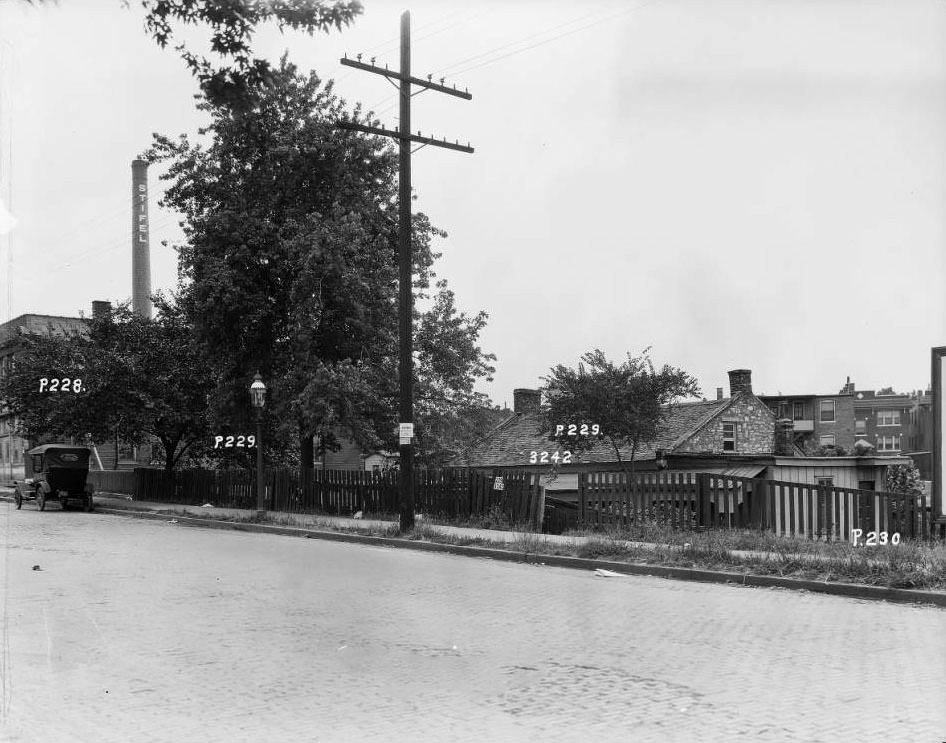






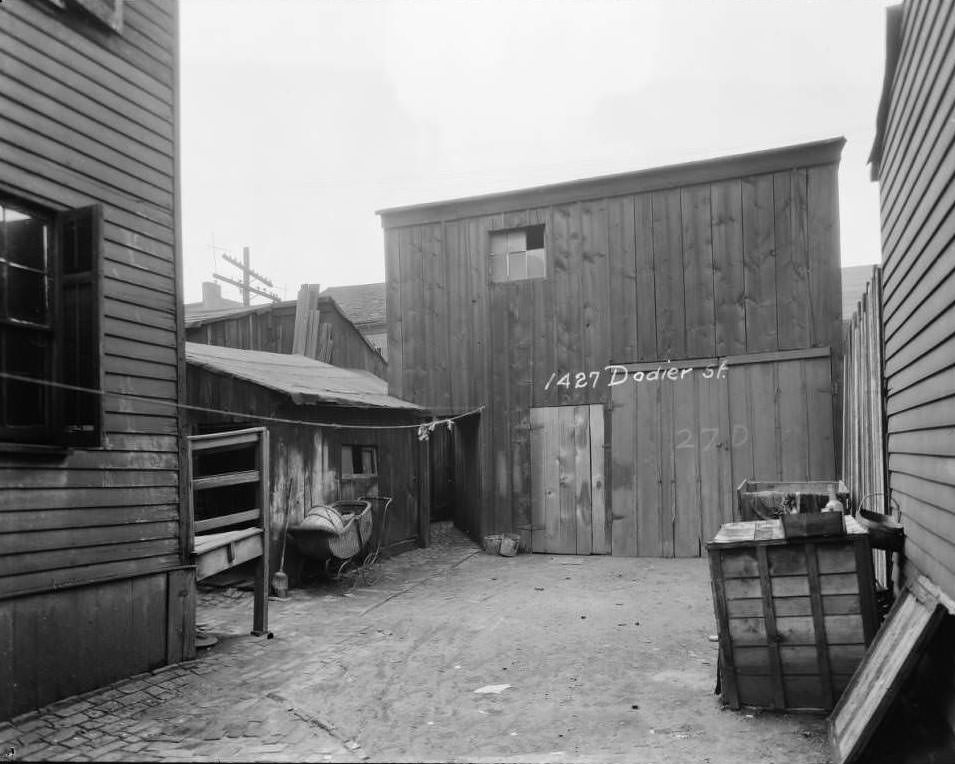















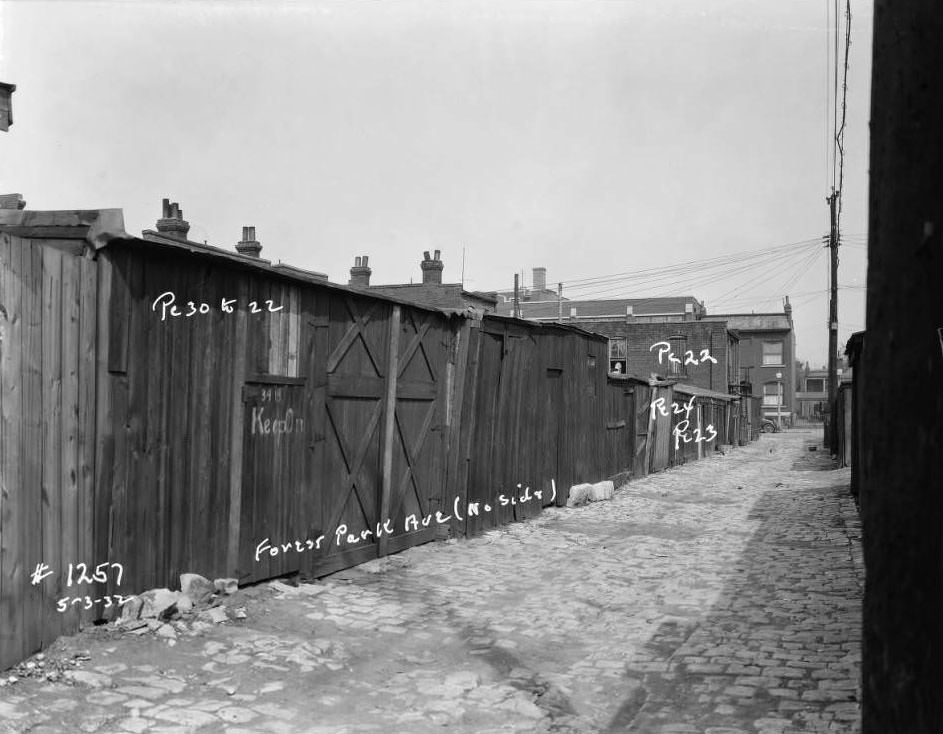





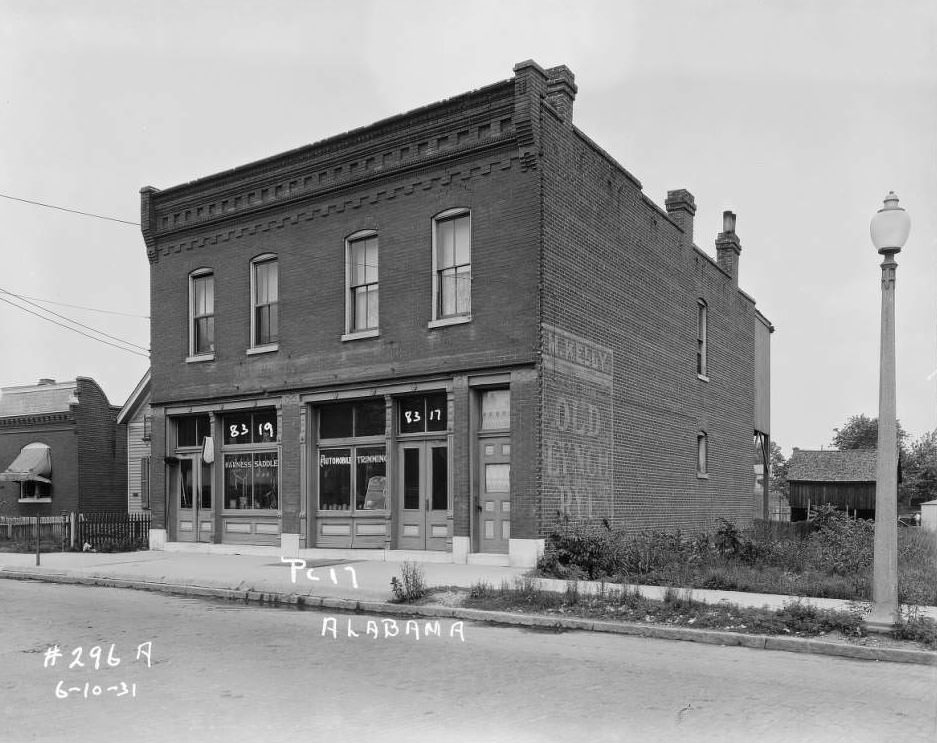










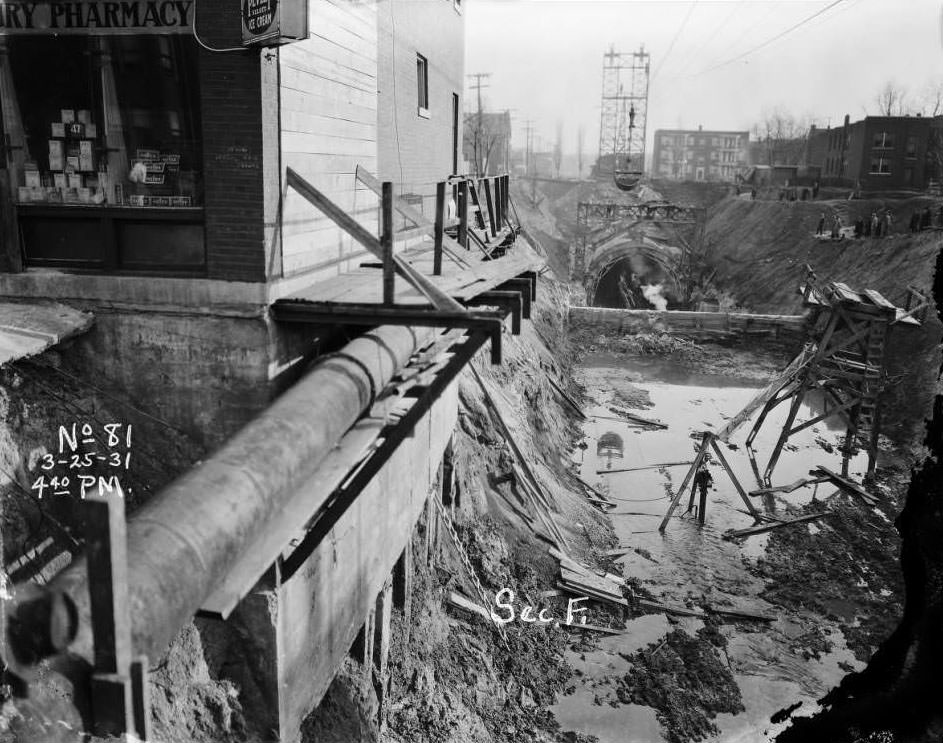






















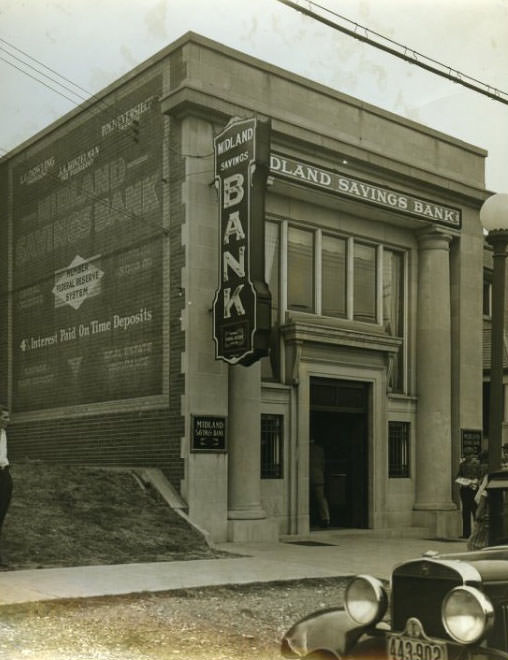






























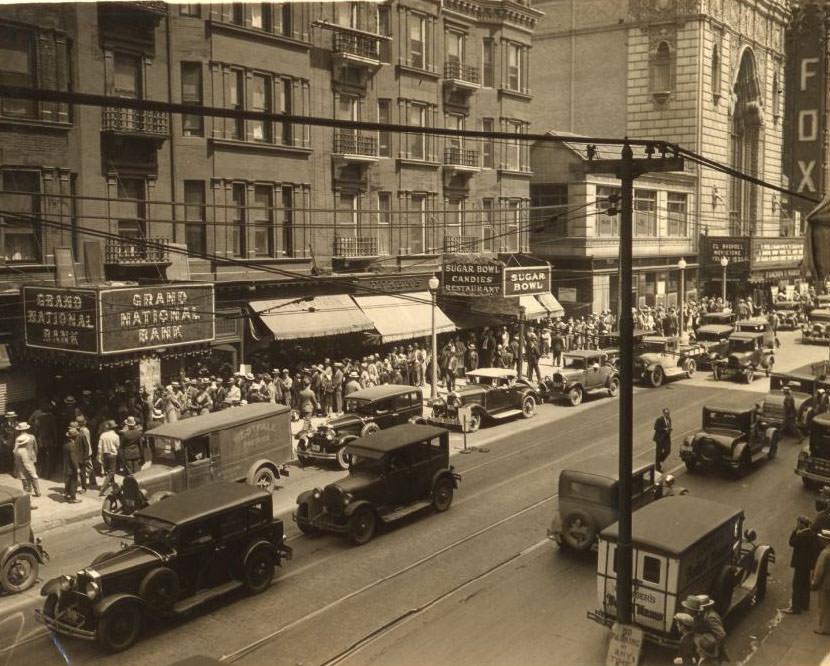



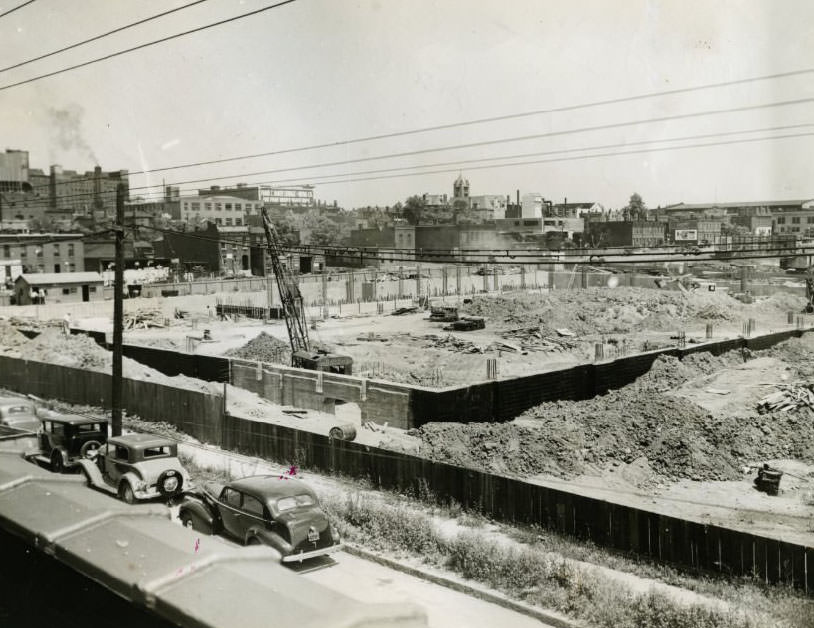








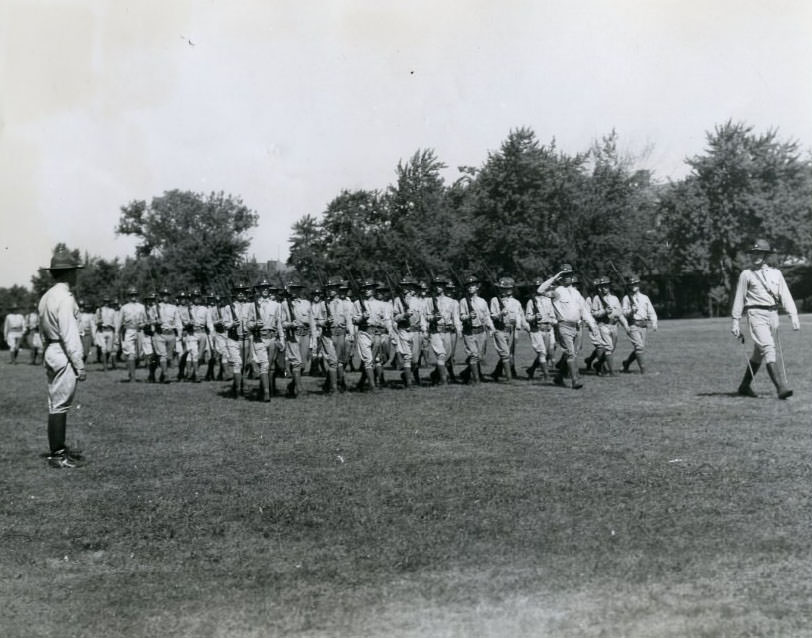






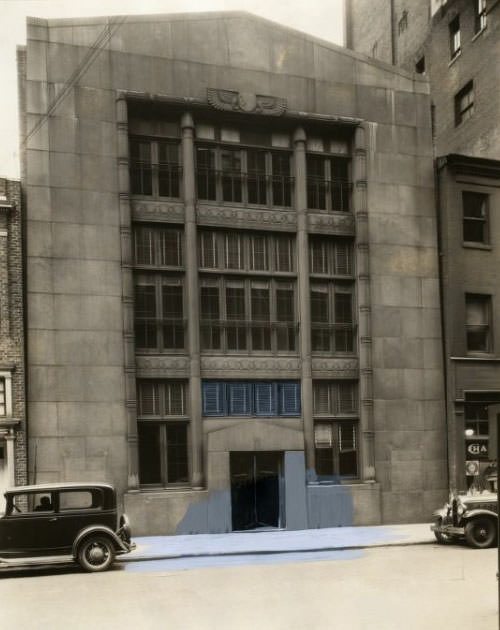






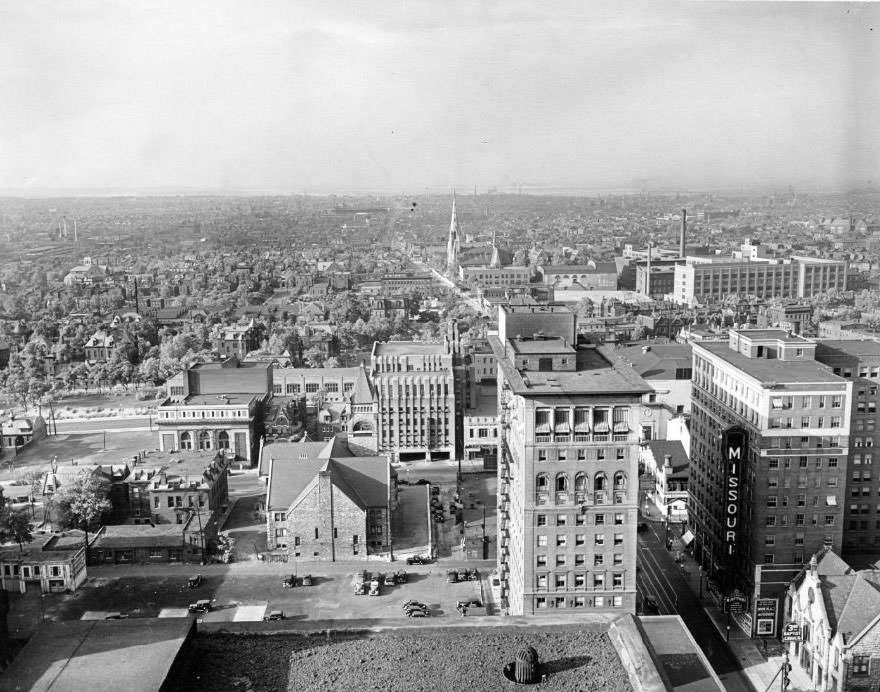
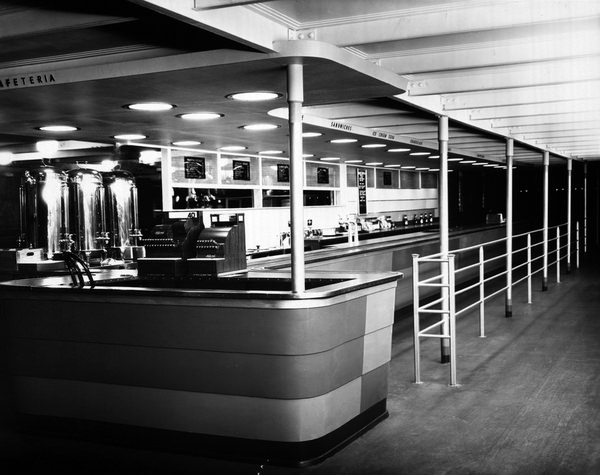






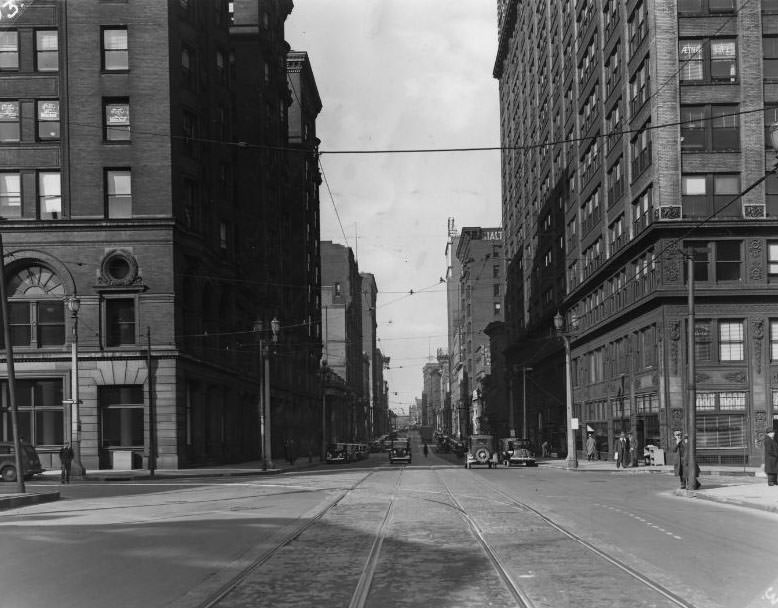


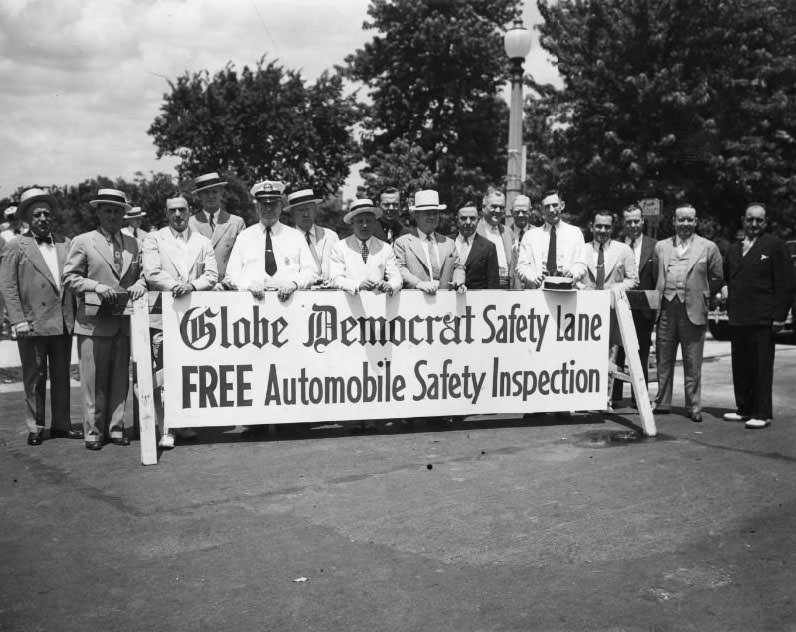
















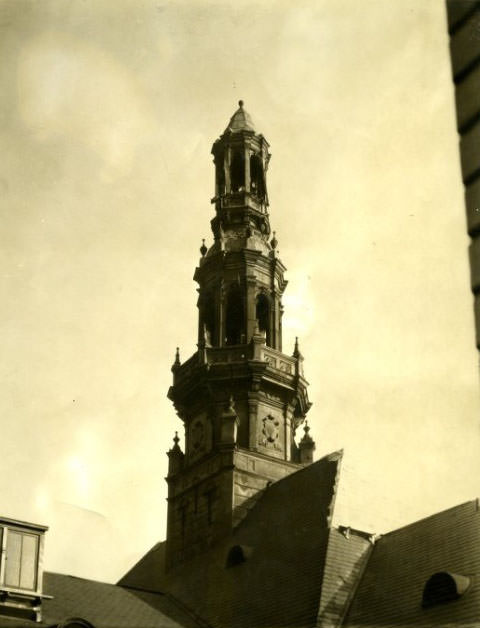


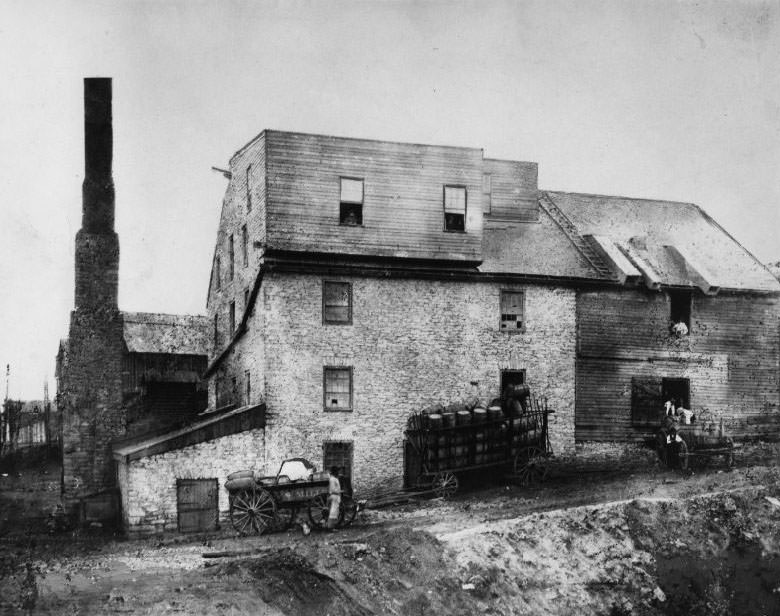











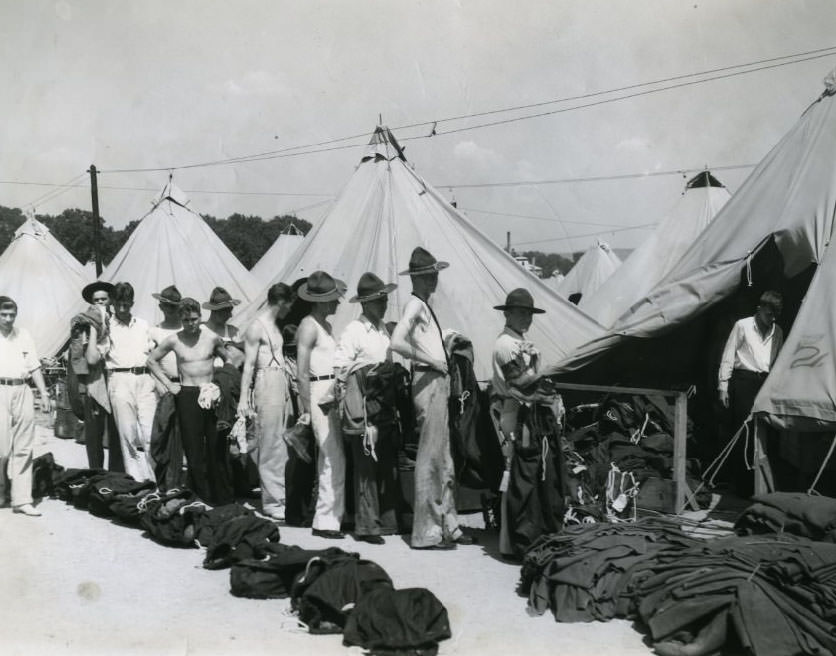


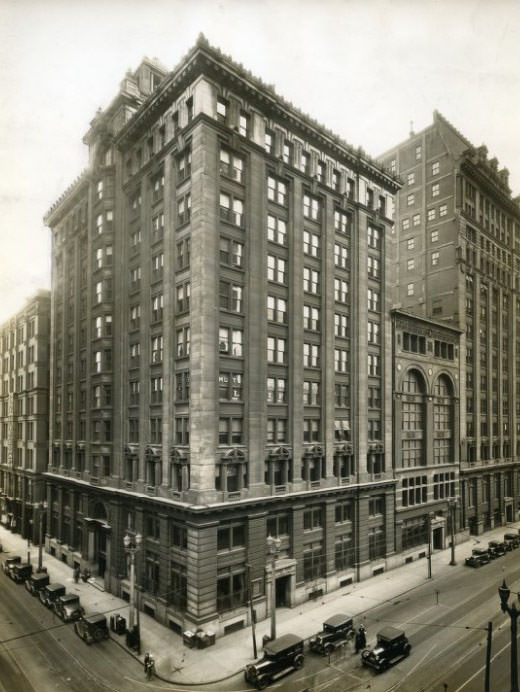


















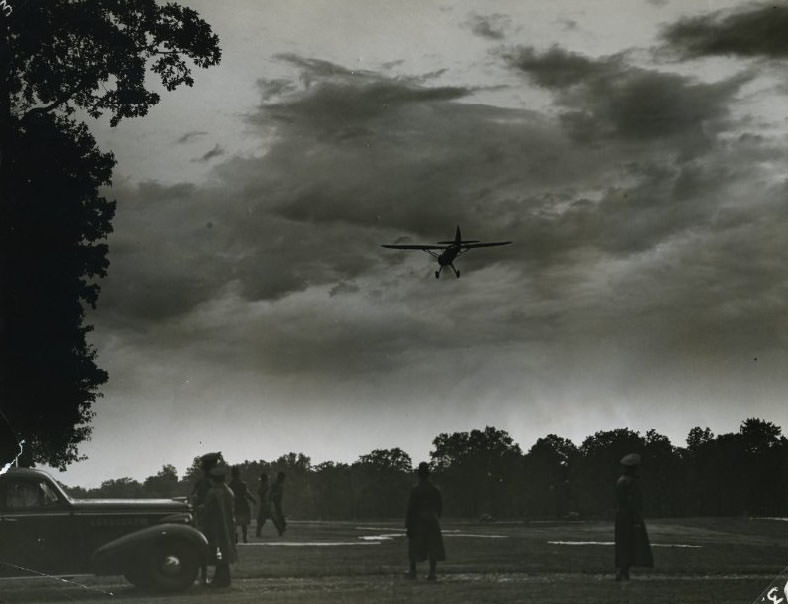


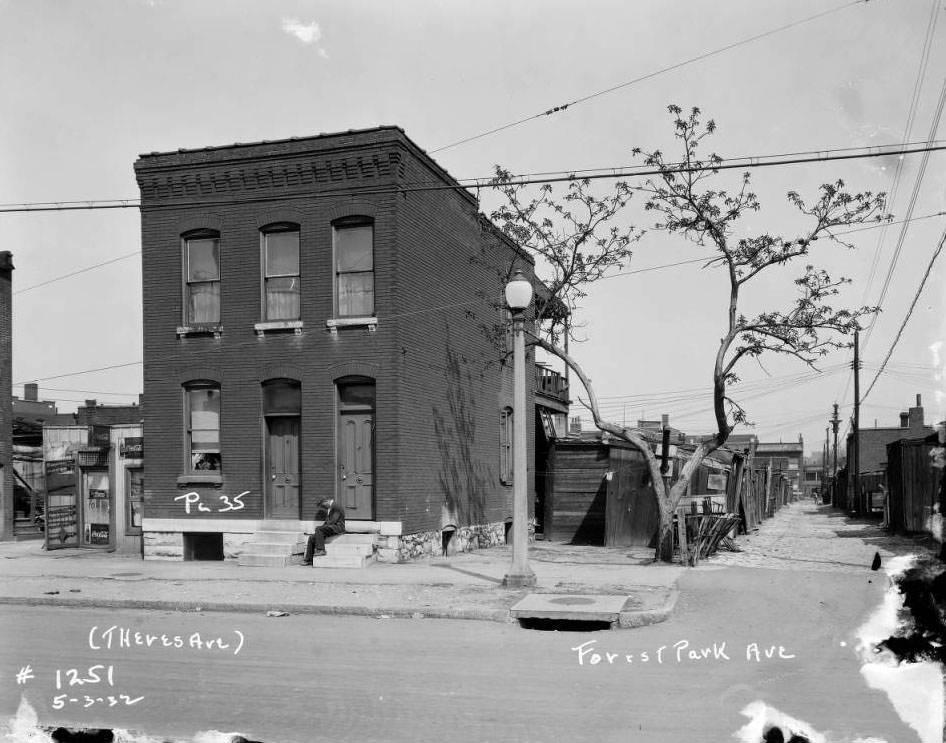

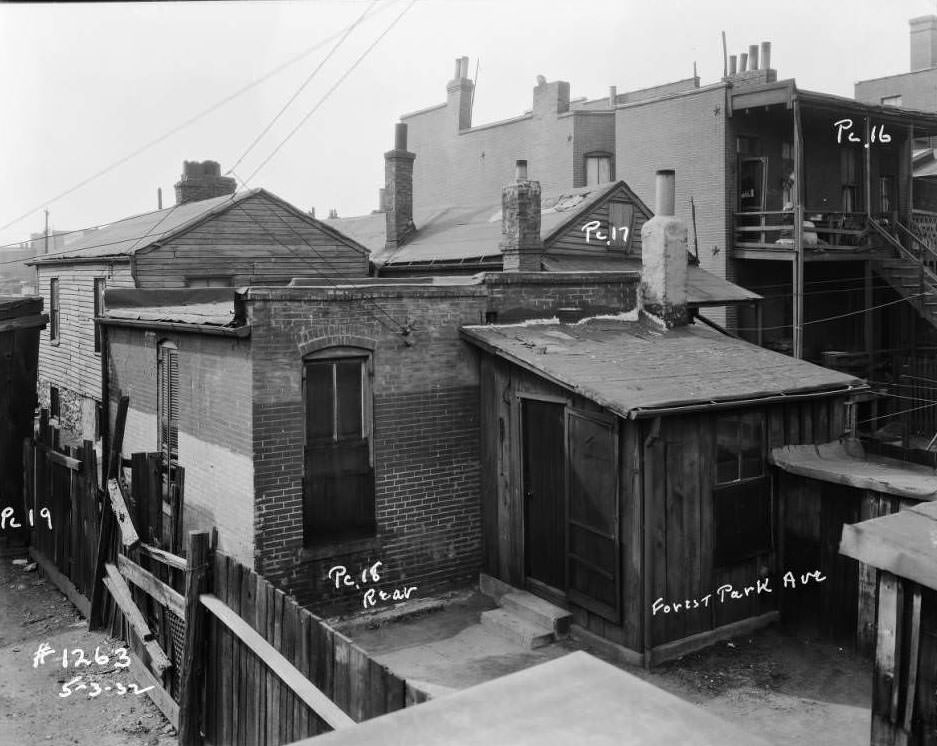






Wow, today I learned that St. Louis had Chuck Berry and Miles Davis music in the early 1930s. That’s incredible!
In fairness, I don’t know where this is pulling the photos from but most are new to me.
At least this post doesn’t have anything to do with cops crashing into bars.